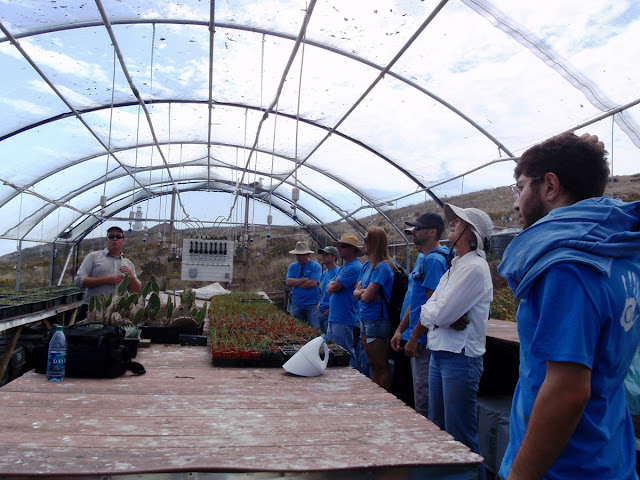Anacapa Island, located only about 11 miles from the urbanized coast of Southern California, provides critical habitat for seabirds, pinnipeds such as California sea lions, and several endemic plants and animals. It is home to 16 plants endemic to the California Channel Islands, 2 of which are unique to Anacapa. The island’s steep lava rock cliffs incorporate numerous caves and crevices that are particularly important for the increasingly rare seabird species, Xantus’s Murrelet (Threatened) and Ashy Storm-petrel. The largest breeding colony of the California Brown Pelican in the United States, and one of the only two in California, also occurs on Anacapa Island. This is where the Brown Pelican has been able to recover so dramatically from near extinction in the 1970s. A unique subspecies of deer mouse (Peromyscus maniculatus anacapae) occurs only on this island. Anacapa also has an endemic form of the interesting and attractive Side-Blotched Lizard (Uta stansburiana).
Anacapa’s prolific and dense vegetation was once dominated by the showy Giant Coreopsis, an erect, shrubby perennial with a stout, succulent trunk growing to some 8' tall. The main trunk grows up to 5" thick and often resembles a small tree. During its blooming season, March to May, it bursts forth with a mass of showy, bright yellow flowers and green leaves. Giant Coreopsis provided shelter and perches for seabirds and land birds, and nesting habitat for many. The prolific seeds provided abundant food for the endemic Anacapa deer mouse, and for many small birds. The island’s stands of Giant Coreopsis, as well as all the other plants of its coastal bluff community, were devastated by sheep grazing in the late 1800s and early 1900s, rabbit browsing in 1910-1950s, and by large-scale destruction of native vegetation associated with facility and road development by the U.S. Coast Guard during construction and manning of the Anacapa Light Station. Only small patches and individuals of native plants remained.
After completion of the lighthouse and associated facilities, the Coast Guard planted two types of iceplant on East Anacapa Islet: red-flowered iceplant (
Malephora crocea) and sea fig, aka ‘freeway iceplant’ (
Carpobrotus edulis x aequilaterus).
Both are highly invasive.


















